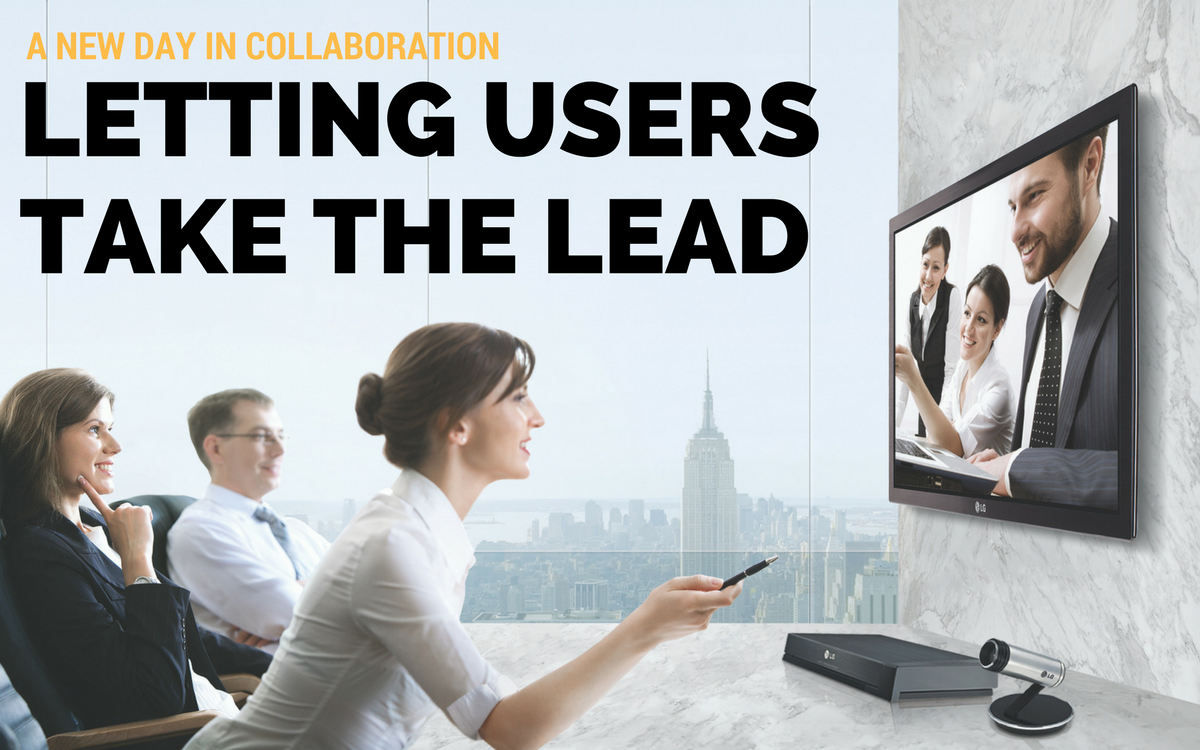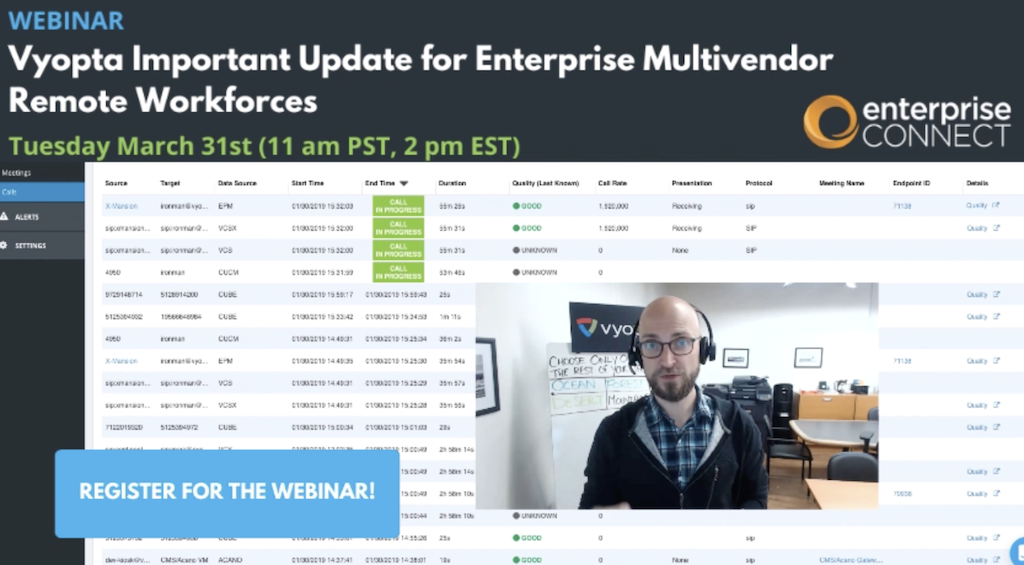As I read Vyopta’s recent White Paper: How UC Will Impact AV and Network Teams in 2017 which compared survey responses from “AV” and “IT” people, I was reminded of one of the jokes I often say to large groups of AV people: There are two types of individuals in the AV space – those that work in IT, and those that don’t realize they work in IT. Enterprise AV has morphed into just another specialization of the IT professional – absorbed just as the telephony professional was years before. This takes nothing away from the unique skills and perspectives of an AV trained professional, but it acknowledges that enterprise AV can no longer stand apart from network connectivity and the other critical IT foundations.
Ultimately, my biggest concern walking away from this white paper is that while the UC landscape is changing more than ever before, both AV and IT professionals are miles and miles apart from the typical end-user. Technologists (a group I firmly include myself in) are just lousy judges of what typical end-users truly experience, feel, and need. If the typical organization were made up of people who thought like technologists, utilization of collaboration would be near the 100% mark. It’s not, which made me wonder if the survey respondents indicated what they wanted vs. the true current state of collaboration.
The way I see it, there are only two really reliable methods for gauging the state of an organization’s collaboration ecosystem.
Collaboration Tools and Technology Are Not What Drives Adoption
First of all, the organization has to engage a trained moderator/facilitator – using proven methodologies – to speak with representatives of the end users. This conversation has to be about business experiences, not about technologies or the latest shiny tools. Nowadays – in 2017 – I feel we technologists must finally accept that success is no longer about finding the best tool in the opinion of the technology professional. Rather, success is about the end-users defining the best collaboration experience for them.
This conversation can be accomplished via one or more focus-groups, or, if necessary, via one-on-one interviews. This is truly the only way to understand what any issues actually are, to make sure the end users feel like they have been heard and involved in the decisions, and to begin the process of driving adoption of any selected UC tools. I’ve covered the importance of actively driving adoption of any technology in past blogs, detailing that this process:
- Serves as a “pressure-release valve” so people do not let problems or bad perceptions build up.
- Inherently conveys a sense of worth and value to the users which then leads them to be more open to adopting changes in process and technology (because they feel the end product was “developed by them.”)
- Begins the process of growing a group of “technology champions” that will be open to piloting new systems and spreading the word about their value.
Setting Collaboration Benchmarks and Measuring End-User Adoption
The second reliable method of determining the state of a collaboration ecosystem is to use actual, reliable metrics. By this I’m suggesting, actual CDR and other data compared month over month and year over year. Are people using the tools you’ve given them or are they barely being touched? Are meetings starting on time and ending when finished, or do they start late and/or end abruptly for no known reason? Are your employees and colleagues collaborating on the approved organizational platforms, or are they more heavily using shadow IT, such as their smartphone apps (which are likely not secure or compliant?)
The data one receives is of course only useful in context. Organizations have to establish realistic utilization goals and targets based upon industry trends from peer firms. The wrong time to be trying to figure out benchmarks is after you’ve gone live with new systems and/or tools. Which metrics are appropriate to track needs to be determined in advance, and needs to be comparative in order to have meaning. (If your utilization is 20% – Is that good? Do you know?) Before the first device is purchased organizations need to set 30/60/90/120 day targets that are realistic, and pre-plan automatic actions that kick in if actual usage is over or under the expected numbers.
Listening to your end-users, and listening what your systems are telling you are really the only two ways to truly understand what your organization’s unique needs are, and are the first steps toward developing a modern strategy for meeting them.
This article was written by David Danto and contains solely his own, personal opinions. David has nearly four decades of experience providing problem solving leadership and innovation in media and unified communications technologies for various firms in the corporate, broadcasting and academic worlds including AT&T, Bloomberg LP, FNN, Morgan Stanley, NYU, Lehman Brothers and JP Morgan Chase. David is the IMCCA’s Director of Emerging Technology and can be reached at [email protected]. His full bio and other blogs and articles can be seen at Danto.info.







